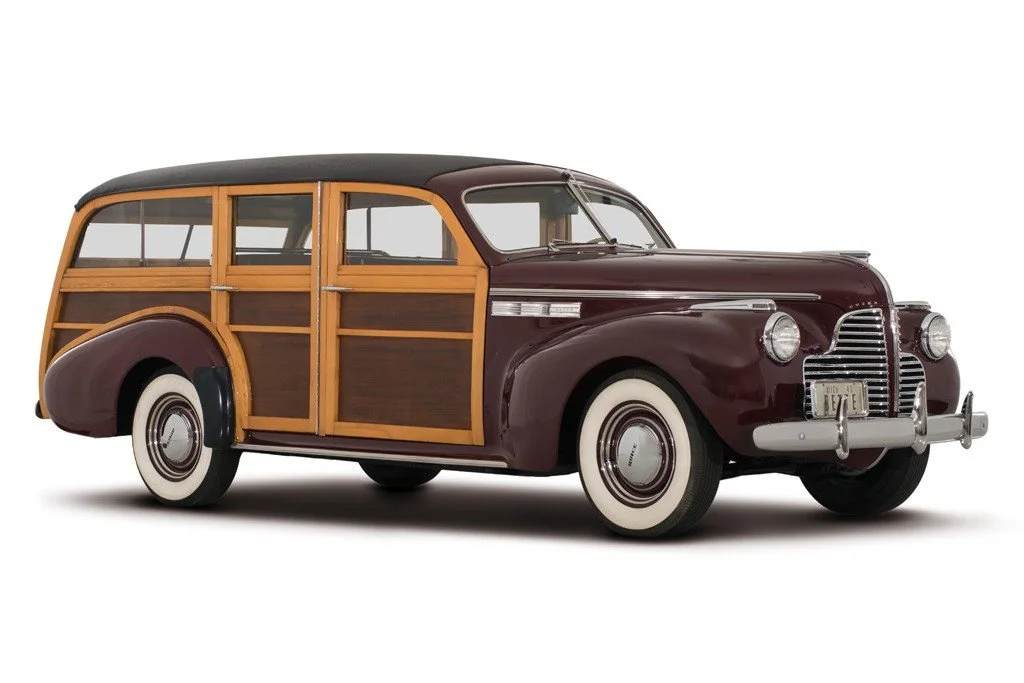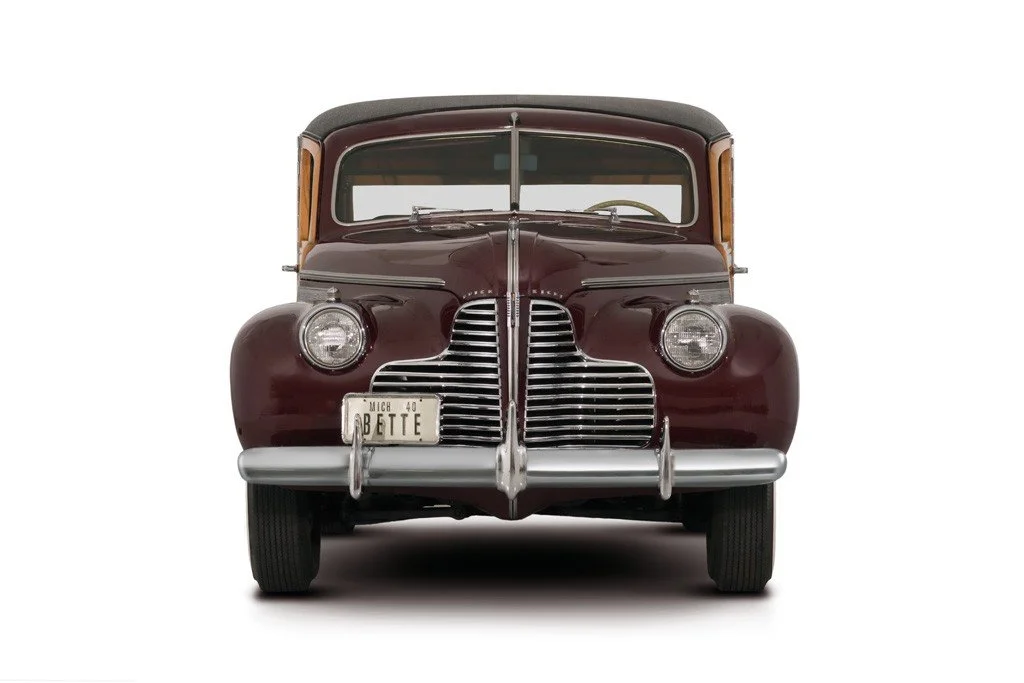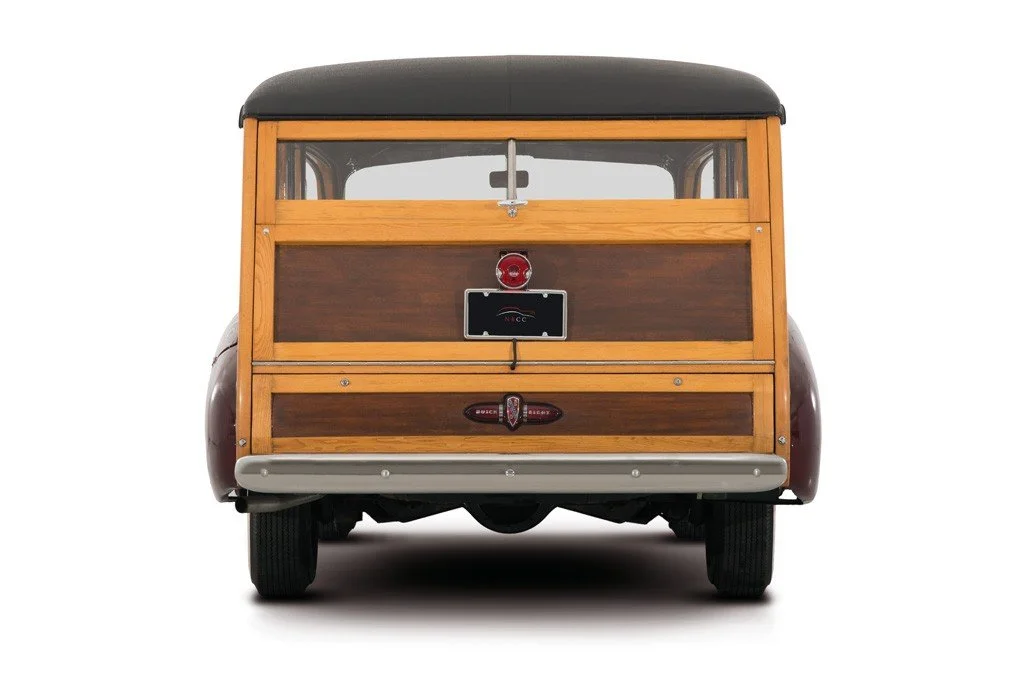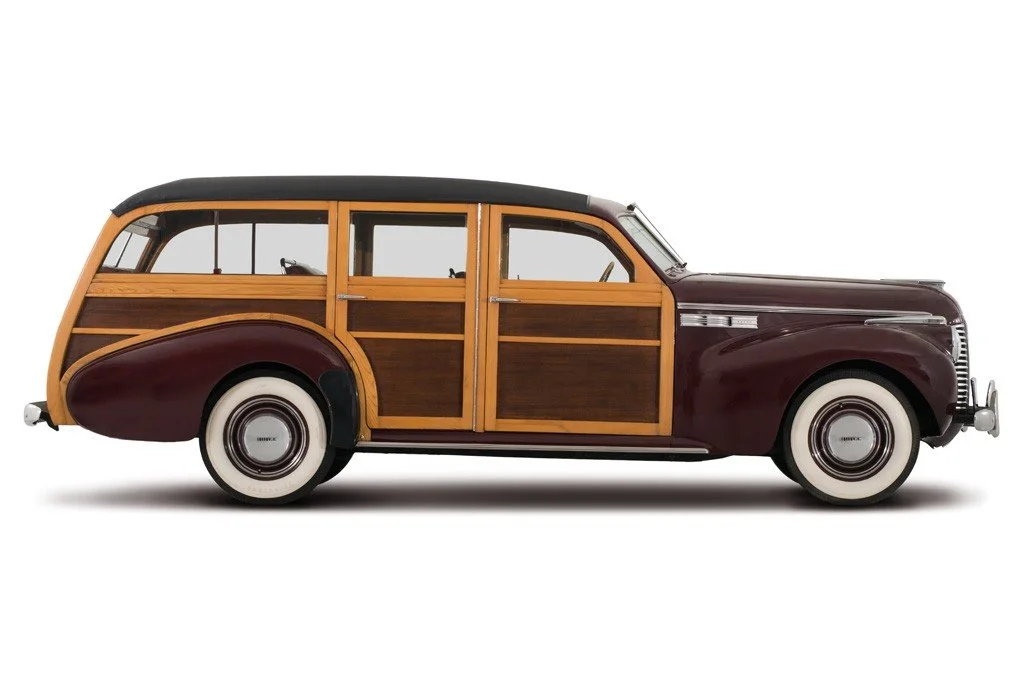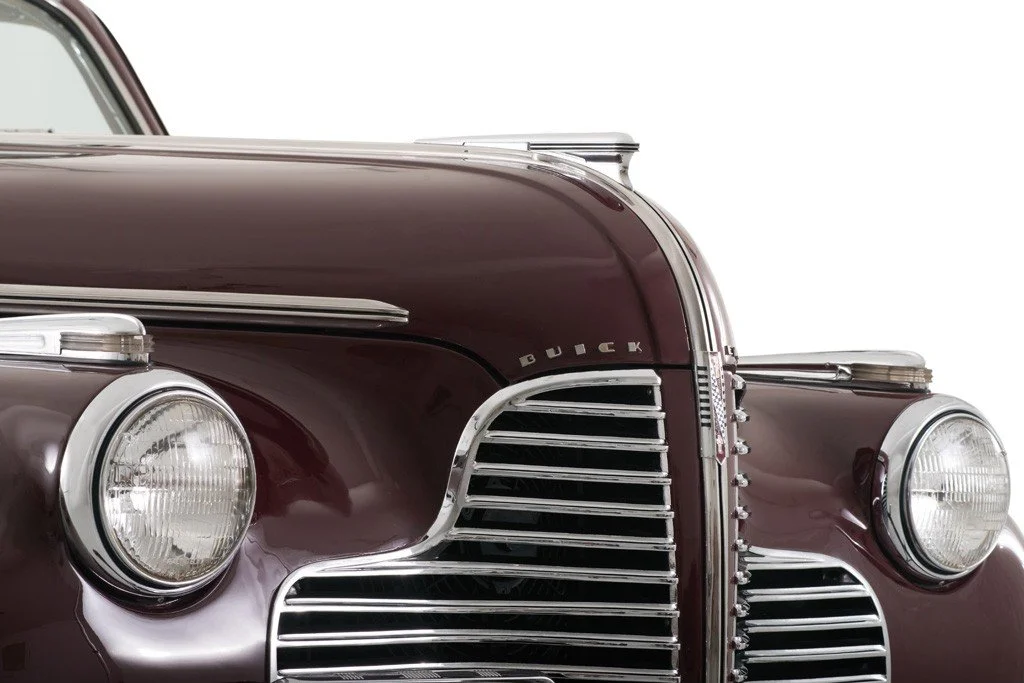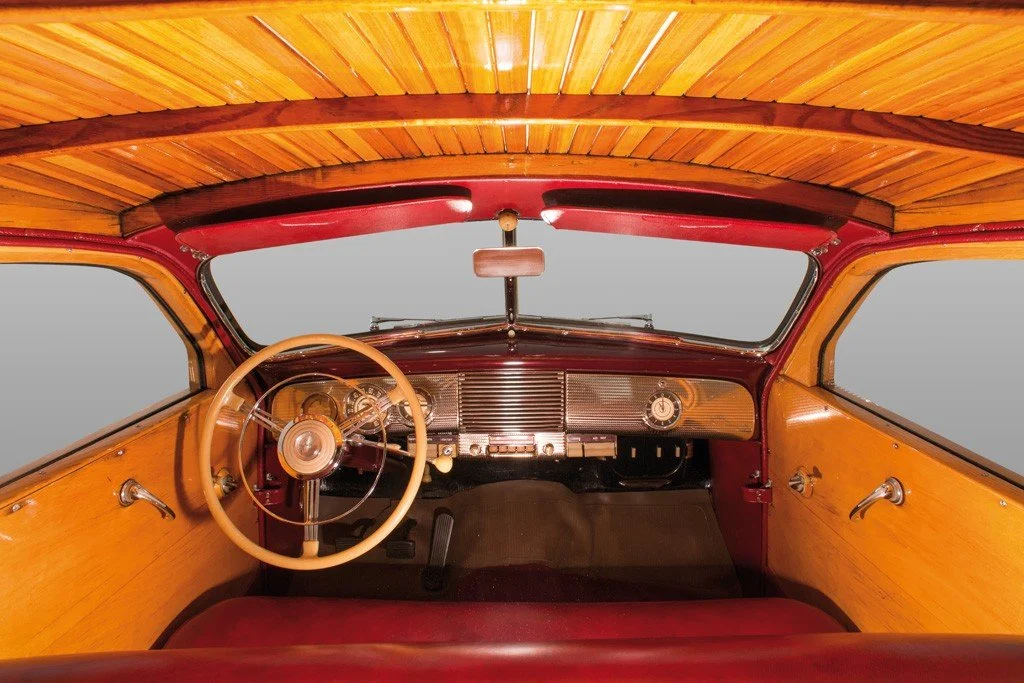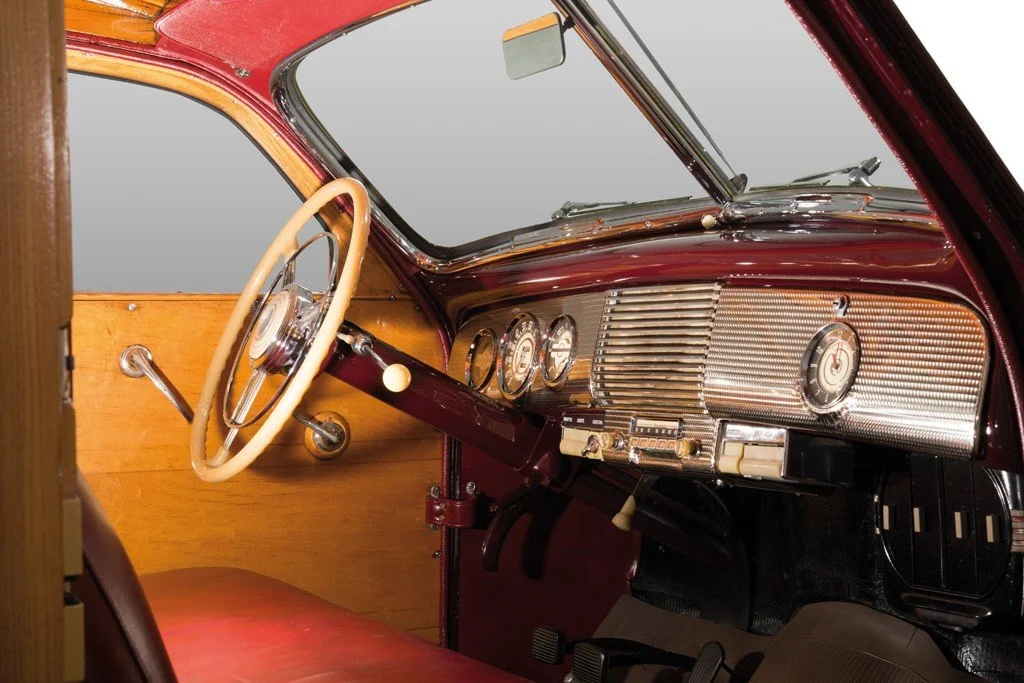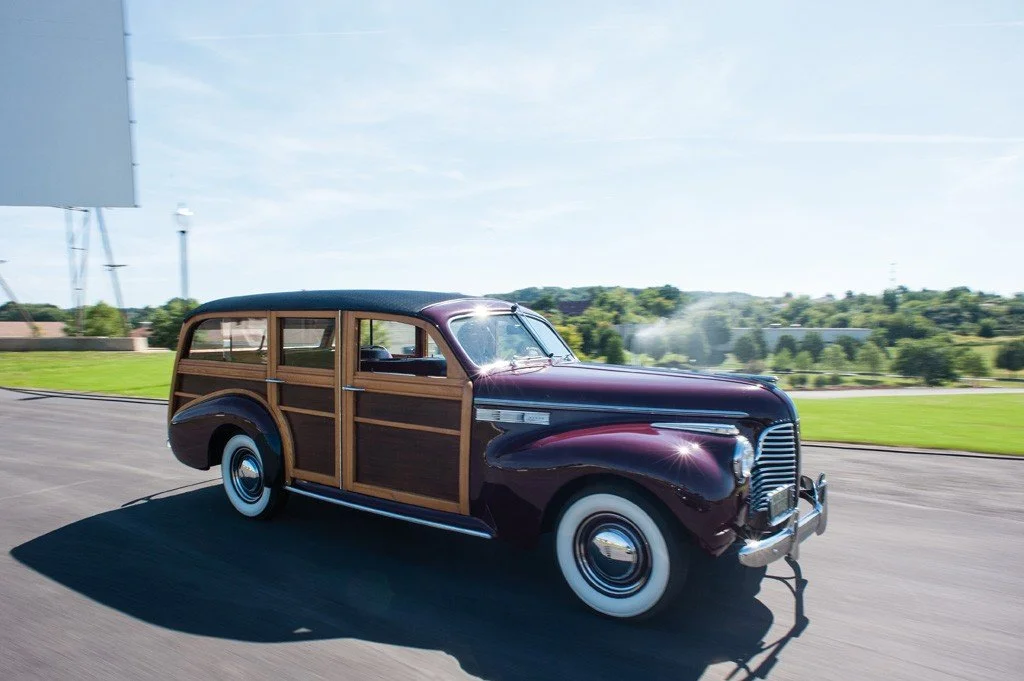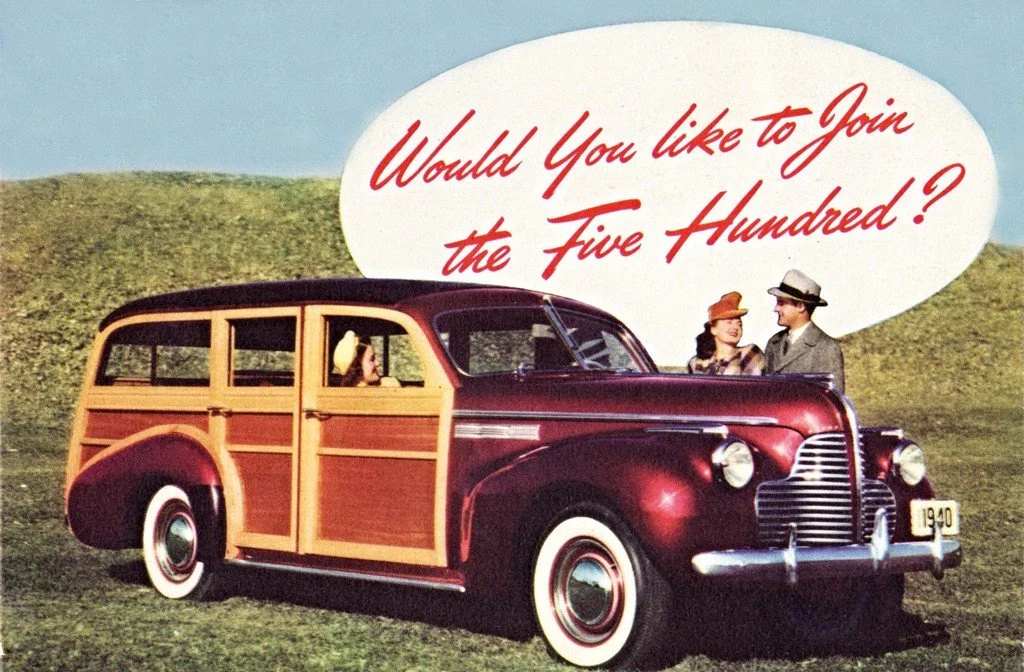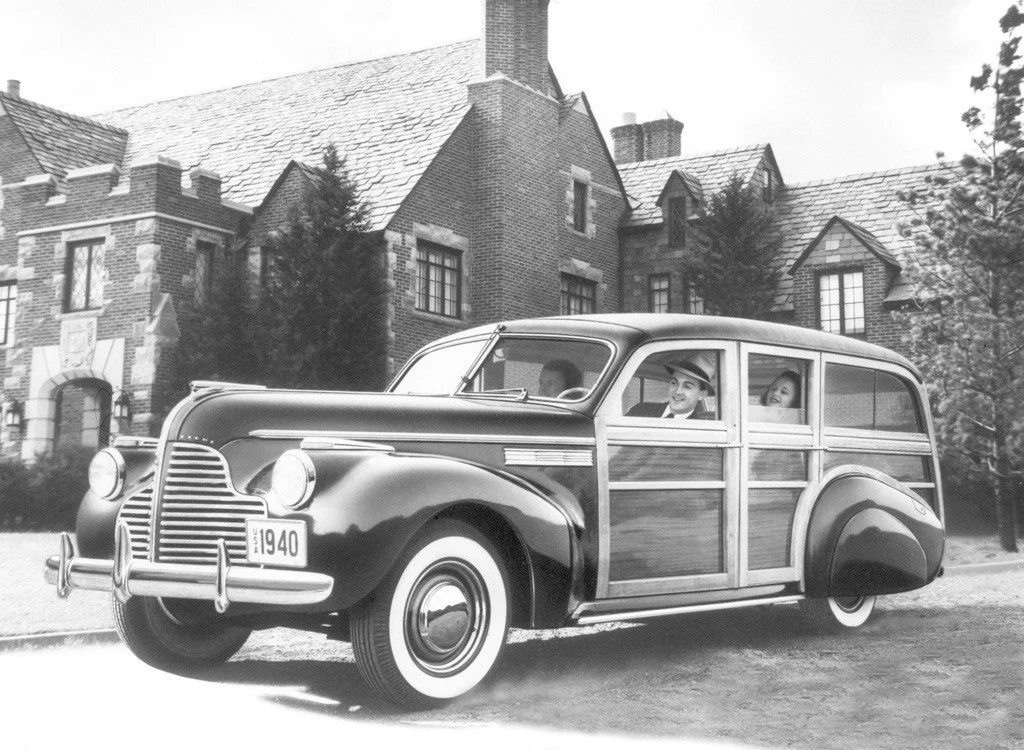-
Only 500 Buick Estate Wagons were built in 1940, mainly to test the market reaction to such an exclusive car. The advertising slogan made a clear mention of the 500 units scheduled for production, so just some selected customers were able to purchase it. To gain more exposure to the public, car companies gave vehicles to the movie industry, as was the case for this Buick Super Estate Wagon. Howard Buick in Los Angeles gave the car to the Warner Brothers Studios in Hollywood, and it has been used in many movies, like “George Washington Slept Here”, “White Heat” and “New Voyager”. When the Buick’s career at Warner Brothers ended, actress Bette Davis, who had starred in “New Voyager” received the car as a gift. After staying for quite some time with Bette Davis, the car has had several owners, before being restored and then bought in 2002 by the Nicola Bulgari Car Collection. The car is equipped with the standard 248 cubic inch “Dynaflash” straight-eight engine, mated to a three-speed manual transmission, while radio, heater and electric clock were extra cost options.
-
Company
General MotorsWheelbase
121inInterior trim
Maroon leatherBrakes
front and rear drumsMake
BuickLength
204inEngine
inline 8 - 248cidTires
6.50x16Width
78inCarburetor
1 Carter 440 SOriginal Price
$1,242Body style
4-door Estate WagonWeight
3,870lbsHorsepower
107hp @ 3400rpmProduction
495Model year
1940Exterior paint
Royal MaroonTransmission
Synchro-shift 3-speed manual -
Legend goes that Buick President Harlow Curtice, Sales Manager William Hufstader and Advertising Manager Art Kunder were on a business trip visiting dealers on the West coast, when they were invited to Norman McLeod’s home in Hollywood for a party. McLeod was a famous film director, and a close friend of Mr. Curtice. When they visited the garage, they saw Buick banners, but no car inside the garage. They asked why, and McLeod’s wife, Bunny, replied that she needed a lot of room and would love to have a station wagon, but Buick didn’t build them. Curtice immediately called his office in Flint, and when they came back, some drawings were already on the drawing boards. The chassis to be used under the new car was from the new Super series, with a 121 inch wheelbase. Buick stylists immediately set to work on Curtice’s directions, and as soon as drawings and plans were finalized, they were given to Biehl Auto Body Works in West Reading, Pennsylvania. They quickly built a prototype body on the Super chassis supplied by Buick, and when the Flint management gave the green light, they had a commission to build 495 Ash and Mahogany bodies. The first prototype Buick wagon was given as a gift to Mrs. Evelyn “Bunny” McLeod during a special ceremony held at the Coconut Club in Los Angeles. The Biehl Company built just the bodies, and final assembly would take place at the Buick manufacturing plant in Flint. Station wagons were a popular vehicle among farmers and small business, and as such, their styling was just practical, without making any effort to improve beauty and class. Advertising Manager Art Kunder decided to market the new Buick as an upscale car well suited to wealthy people, who would use the wagon for going to the golf club or on vacation to their summer homes. Besides the beautiful body lines, the interior was a work of art. Door panels and roof structure were varnished wood, interior was leather, and carpet covered the complete floor of the car, even the cargo area. To further differentiate the new Buick model from the more utilitarian versions on the market, Kunder decided to call it “Estate Wagon”, instead of station wagon, starting a tradition that would last until 1996.
The new Buick Super Estate Wagon was an immediate hit with the buying public, and for 1941, since higher volumes of sales were forecast, production of the wooden bodies was assigned to Hercules or Ionia, two large companies who built most of the wagons on the market, and that had larger facilities than the Biehl company. Wooden wagons continued to be built until 1953, when metal took the place of wood as a structural element. Lack of maintenance, and a ride without squeaks and noise were the main advantages of the all-metal wagon, but the classic Woody Wagons have a lot more class and appeal. For 1940, Buick had introduced the Super series, with a 121 inch wheelbase and a small straight-eight engine, with a 248 cubic inch displacement and 101 horsepower. The body was very similar to 1939 models, with a restyling of the grille and the front fenders that completely changed the look of the car. Headlights were now almost completely integrated into the fenders, and the wide grille made the 1940 Buick appear very different from previous year, although mechanically were very similar.

